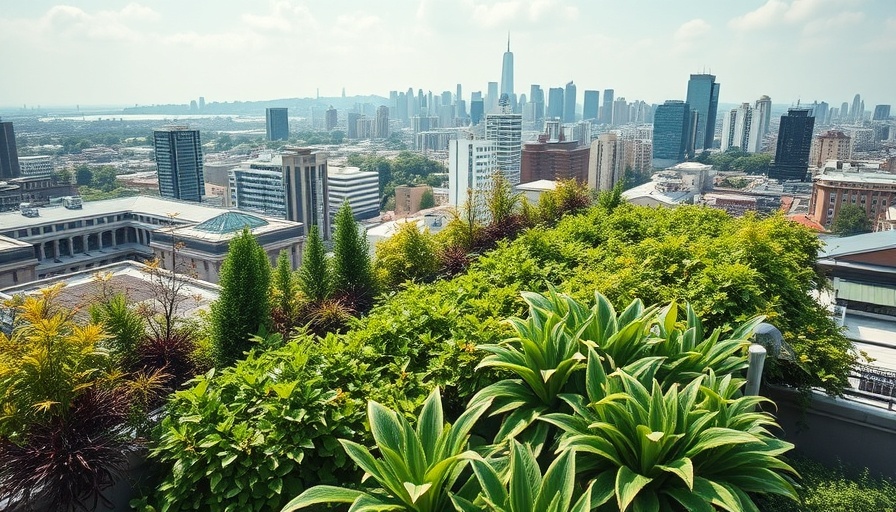
Understanding Our Fashion Choices in the Era of Fast Fashion
A recent study conducted by WRAP and the University of Leeds revealed a surprising truth about fashion: there is "no correlation between price and durability" when it comes to t-shirts. In simpler terms, just because a shirt is expensive doesn’t mean it will last longer than a cheap one. This finding is significant, particularly in a time when fast fashion dominates the retail landscape, offering trendy clothing at low prices but often sacrificing quality. So, if consumers can no longer rely on higher prices as an indicator of better quality, what does this mean for the future of fashion? It complicates purchasing decisions and reinforces the appeal of brands that genuinely prioritize durability and sustainability.
Brewed from Waste: The Rise of Creative Recycling in Business
Across the globe, companies are increasingly finding innovative ways to repurpose waste, a trend that not only fosters sustainability but also captivates socially conscious consumers. Toast, a brewery that uses unsold bread to create delightful beers, paved the way for similar entrepreneurial endeavors. More recently, Beyond Belief Brewing began producing beer from surplus pasta — a move that raises an intriguing question: where does all the surplus pasta originate? Understanding the supply chain of surplus materials reveals not only the complexities of food waste but also the opportunity for businesses to engage customers through creative recycling initiatives.
The Challenge of Building Sustainable Communities
In Kent, Otterpool Park is being developed with the ambitious goal of becoming an "all-electric town," featuring homes equipped with electric heating and solar panels. While the concept of garden cities has long been idealized as a sustainable living environment, the project faces scrutiny about the potential pitfalls of previous developments, namely the danger of fostering car dependence and urban sprawl. To truly build a community that adheres to sustainable principles, developers must learn from past mistakes and design with walkability and public transport in mind. Community design is critical in shaping not just the environment but the social fabric of daily life.
Innovations in Energy Storage: The Future of Power
On the technological front, the first grid-connected iron-air battery has been installed in the Netherlands, representing a significant breakthrough in energy storage solutions. This low-cost battery provides long-term energy storage and can be manufactured entirely from materials sourced within the EU, supporting local production and minimizing environmental impacts associated with transportation. Such innovations highlight the growing trend toward sustainability and energy independence, which hold the potential to transform how we consume and utilize energy.
Renewable Energy: Unlocking Cost-Saving Opportunities
The renewable energy landscape has evolved drastically over the past decade. What once was a higher-cost alternative to fossil fuels is now paving the way for substantial savings. Wind power, for example, has not only become affordable but, in many regions, has outcompeted traditional energy sources like coal and gas. This shift signifies not only an economic opportunity but an imperative for policy reform and investment in sustainable practices across the globe.
Conclusion: Engage With Sustainable Choices
As we've learned this week, the trends surrounding fashion, food, community planning, and energy are pushing us toward a more sustainable future. Embracing sustainability does not merely rest on the shoulders of businesses alone; it invites consumers to be active participants in fostering a greener world. Simple actions such as choosing durable clothing brands, supporting local businesses that recycle waste, and participating in community initiatives can make a significant difference. Let's start conversations about responsible consumption and the choices we can make every day to contribute to a sustainable future.
 Add Row
Add Row  Add
Add 




Write A Comment